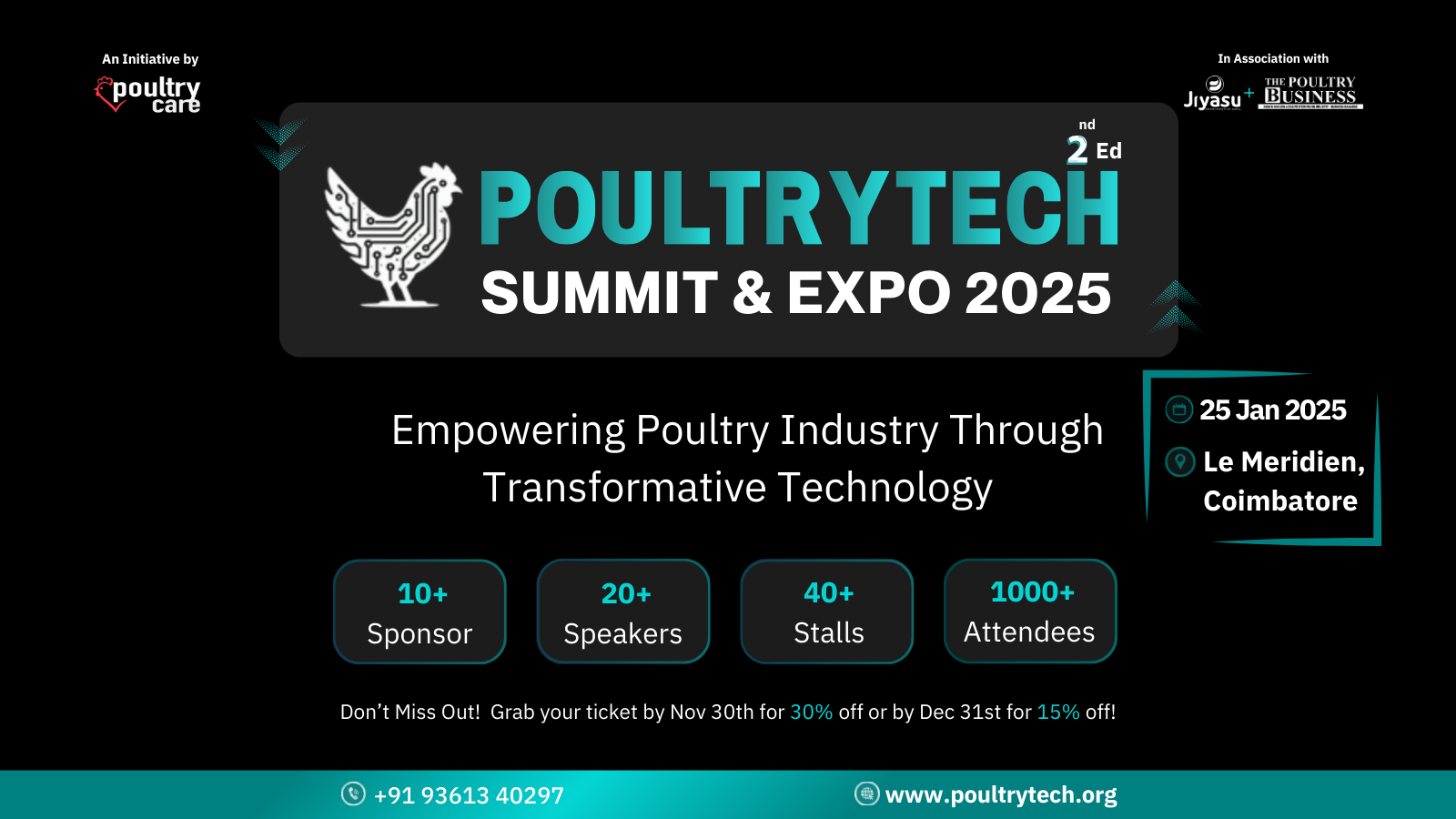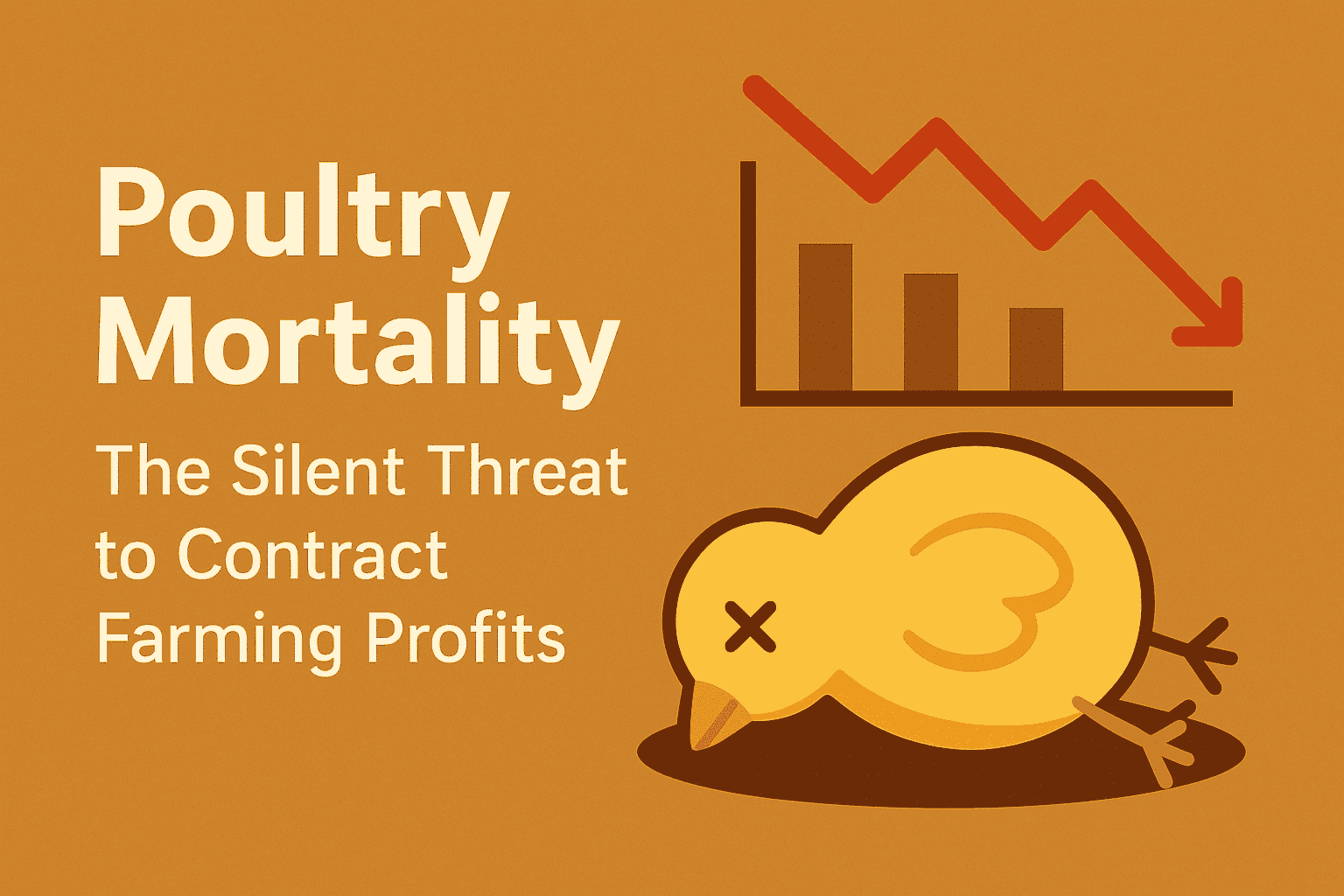Logistics is one of the biggest cost centers in poultry feed mills but often it is overlooked. Transportation of feed from mills to farms may seem routine but can significantly affect your profitability. This blog will guide you through how vehicle wise profit and loss analysis can help you understand where your money is going and how you can save it by managing your vehicles better.
Understanding Feed Mill Logistics and Its Impact on Profitability
Managing the movement of feed involves many activities such as loading, transporting, and unloading. Challenges like delayed deliveries, high fuel consumption, and frequent vehicle breakdowns can hurt your business profits. When you track costs and returns by each vehicle separately you get a clear picture of where losses happen. Many poultry farmers do not realize how much they lose because they do not measure transportation costs carefully.
What is Vehicle Wise Profit and Loss Analysis
This simply means looking at how much each vehicle costs to operate and how much revenue it helps generate. Important factors to look at include fuel expenses maintenance costs driver wages delivery times and how full the vehicles are when they leave the mill. By analyzing this information you can find vehicles that are costing too much and take steps to improve or replace them.
Step-by-Step Guide to Implementing Vehicle Wise Profit and Loss Analysis
Start by collecting accurate data on fuel used repairs made driver hours and deliveries completed by each vehicle. You can use simple tools like spreadsheets to calculate how much profit or loss each vehicle is making. Comparing these results helps you find vehicles that are performing better or worse. Use this insight to make decisions such as changing routes scheduling maintenance or training drivers.
Strategies to Improve Vehicle Performance and Cut Costs
One way to save money is by optimizing routes to reduce fuel consumption and travel time. Regular maintenance helps avoid costly breakdowns on the road. Training drivers on fuel saving techniques and better loading practices also makes a difference. Delivering feed during less busy traffic times can speed up trips and reduce wear and tear. Identifying vehicles that are not cost effective helps you decide whether to repair or replace them.
Real Benefits of Vehicle Wise Profit and Loss Analysis for Poultry Farmers
By tracking vehicle costs closely you can reduce transportation expenses without sacrificing delivery quality. This creates more transparency and accountability in your logistics team. You will also make smarter decisions when investing in your fleet and improve overall feed supply chain reliability. A well-managed feed supply directly affects bird health and farm profitability in a positive way.
Future-Proofing Your Feed Mill Logistics Embracing Technology
There are many digital tools available today that can help automate vehicle wise tracking and reporting. Cloud based solutions make it easier to collect and analyze data even if you have multiple farms and vehicles. Adopting such technology prepares you for scalable and data driven decision making in feed logistics that can save time and money in the long run.
Vehicle wise profit and loss analysis is a powerful approach to improve your feed mill logistics and increase profitability. Starting with small steps to track and analyze costs can lead to big savings over time. As a poultry farmer better management of transportation means better feed supply and healthier birds which ultimately grows your business.




